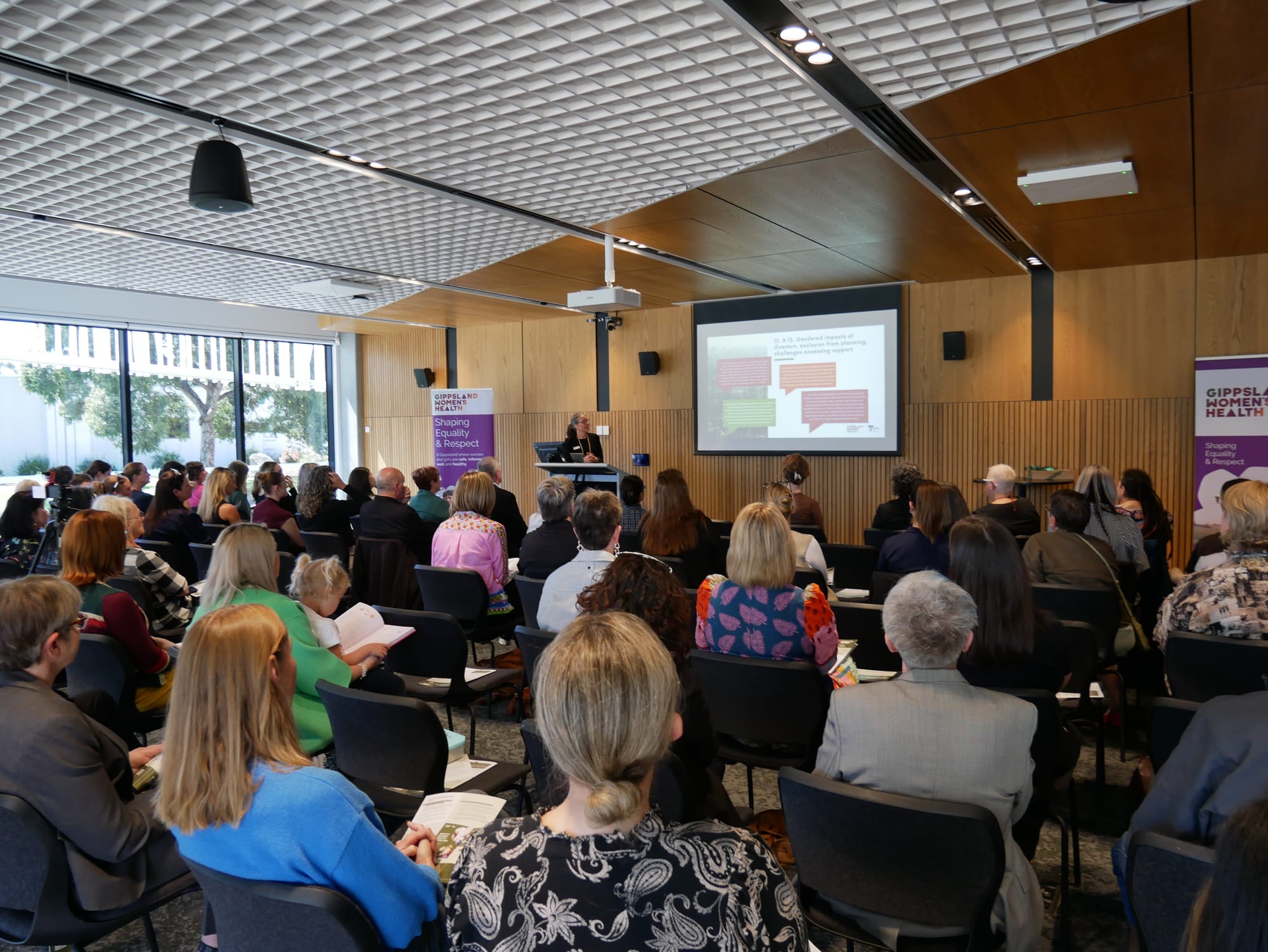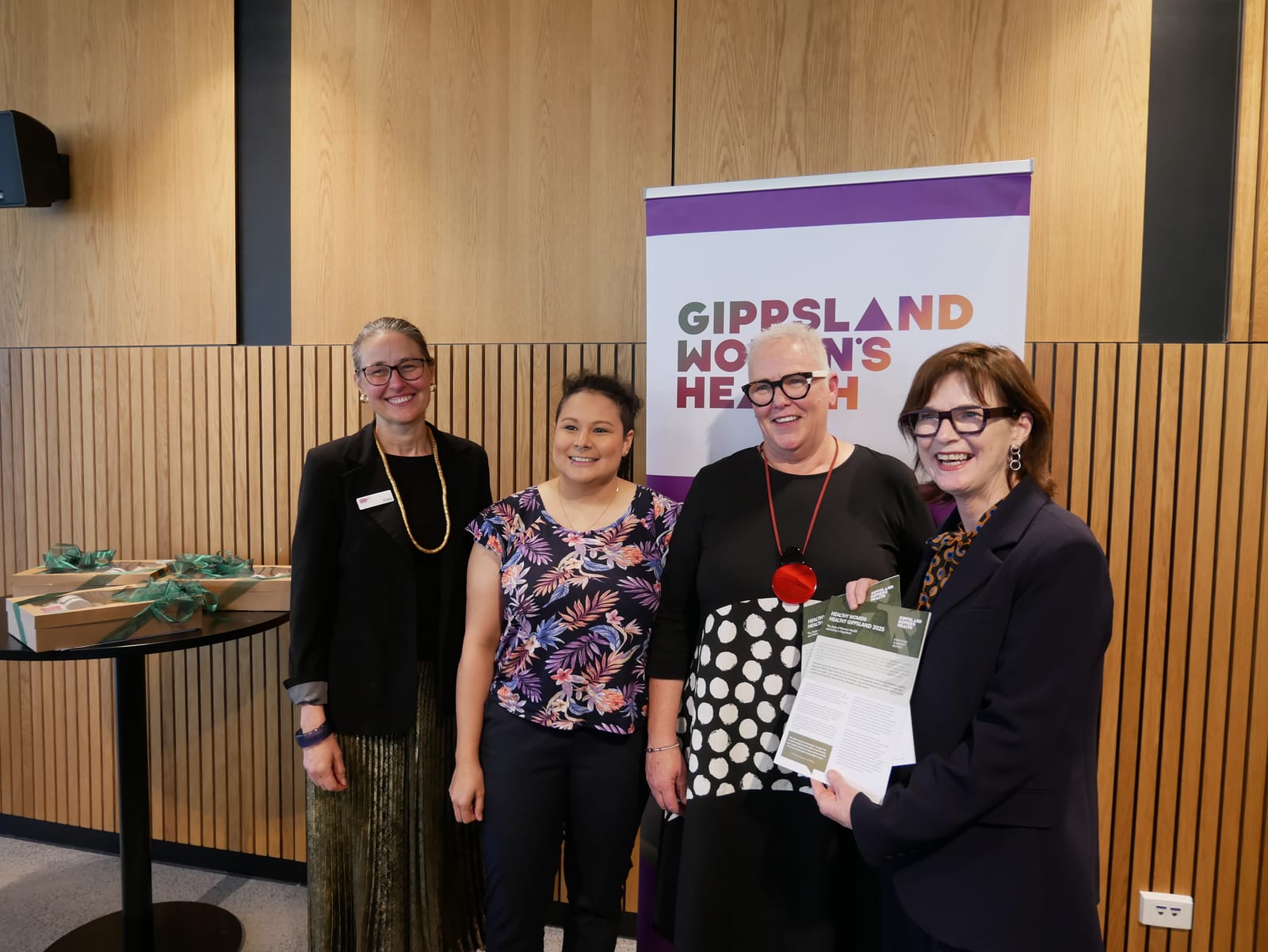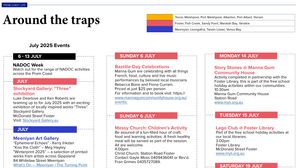South Gippsland women are confronting significantly poorer health outcomes and barriers to care than the Victorian average, according to the landmark Healthy Women, Healthy Gippsland 2025 Report Card released by Gippsland Women's Health last week.
The report, which surveyed over 200 community members across the region, reveals stark inequities in cancer outcomes, access to healthcare, and experiences with the medical system—issues amplified by geographic isolation and systemic barriers.

Despite the challenges, South Gippsland shows more positive outcomes compared to other Gippsland local government areas. When examining wait times to see a GP—a critical measure of healthcare access—South Gippsland performed better than several neighbouring regions, with fewer women reporting unacceptably long waits compared to Wellington, East Gippsland, and Latrobe.
However, as the voices of local women make clear, "better than the worst" is still far from acceptable. The chronic shortage of GPs emerged as a consistent theme. "Waiting times are pretty outrageously long, especially for GPs," reported one woman aged 36-50. Another in the same age group described feeling "very isolated in South Gippsland in terms of accessing mid-life health care and support..."
The local services that are available were hailed as vital. One woman aged 51-65 surveyed emphasised the need to retain local health services: "Critically important to maintain health services locally in regional areas and not centralise to larger towns like Traralgon."
Another woman aged 26-35 highlighted the vulnerability and geographic isolation of the region's smallest communities: "There are many small pockets in Gippsland that often get forgotten. These are the ones where the access to services is much more limited, the towns and communities that are furthest from the LGA centres. Please spend time focusing on these communities. They need your help."
South Gippsland women, like those across Gippsland, face higher rates of certain cancers compared to Victorian averages, with bowel cancer diagnoses 14% higher and mortality 40% higher, melanoma diagnoses 47% higher and mortality 60% higher, and lung cancer diagnoses 20% higher with 31% higher mortality.
Gippsland Women's Health CEO Kate Graham said the findings are "a call to action," urging sustained investment, gender-responsive planning, and systemic change to create a region where all people can thrive regardless of gender.
“Gippsland women and gender diverse people are telling us that access to quality healthcare is a daily challenge that is impacting not just their physical health, but their mental wellbeing and safety,” said Graham. The report calls for gender equity to be embedded into health, safety, climate adaptation, economic participation, and regional development.
The local findings align with a statewide crisis in women's healthcare revealed in the Victorian Government's Bridging the Gender Pain Gap report, released by Premier Jacinta Allan and Minister for Health Mary-Anne Thomas last week. The report, shaped by submissions from 13,000 women and girls aged between 12 and 79, as well as their carers, clinicians, and peak bodies, exposed widespread gender health gaps, medical bias, sexism, and misogyny across the healthcare system.
The statewide inquiry found that 90 per cent of respondents experienced pain lasting more than a year, with 54 per cent experiencing daily pain. 71 per cent cited widespread dismissal by healthcare professionals, while 68 per cent said the cost of seeking care was an obstacle. The most common conditions were menstrual and hormonal issues (40 per cent), endometriosis (26 per cent), and musculoskeletal problems (26 per cent).
In response, the government is rolling out 'green whistle' pain relief, setting a statewide standard for women's pain care, and establishing a special clinic for adolescents and girls at the Royal Children's Hospital. Cara Schultz



